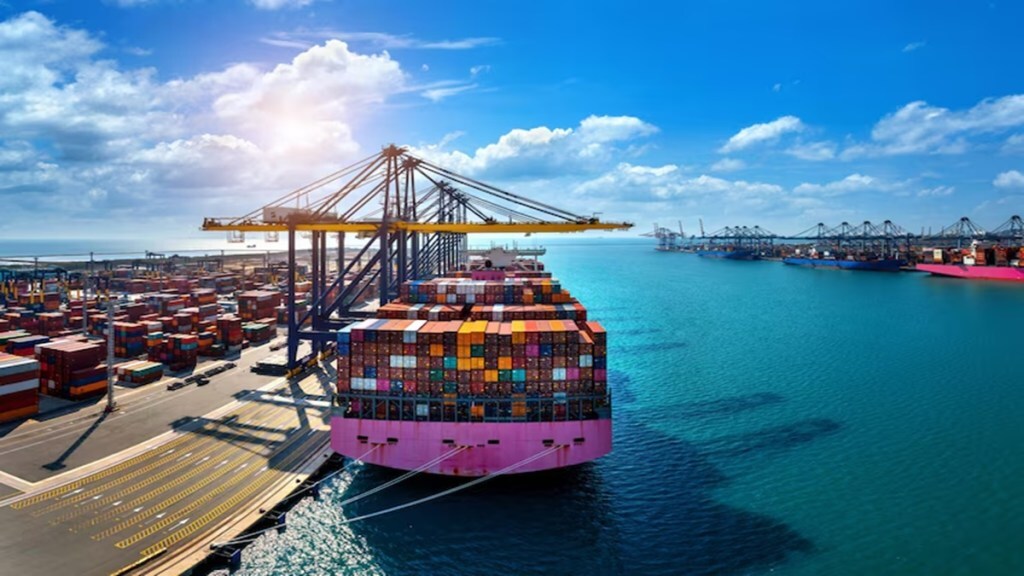The uncertainty surrounding US President Donald Trump’s trade and tariff policies has not just caused an upheaval in the stock and currency markets — it is now threatening to badly hurt the US economy. While the US stock markets showed some spunk on Wednesday, in the past month or so, benchmark indices have plunged 8%, wiping out some $4 trillion in market value. The fall in tech stocks, as reflected in the slide in the Nasdaq, has been sharp. The Trump administration’s almost cowboy approach to tariff policies, in which they are imposed and withdrawn in a matter of hours, is spooking economies around the globe. Fears of a hard landing are now growing, negating the efforts that the US Fed and other policymakers have made to tame inflation while ensuring the economy doesn’t slip into a recession.
As the Wall Street Journal reported, President Trump and his senior advisors have, in recent days, signalled indifference to rising risks that trade uncertainty chills private-sector investment. The newspaper observed that a new team of pilots is considering a course correction that, by its own acknowledgement, might tip the economy towards a hard landing. The S&P Global Market Intelligence projects the US economy will lose momentum and that GDP growth will moderate from 2.8% in 2024 to just 1.9% in 2025; Goldman Sachs’ forecast is a gloomier 1.7% and Morgan Stanley’s an even bleaker 1.5%. S&P doesn’t see any improvement in 2026 or 2027 when it feels growth would slip to 1.6%. In general, economists now believe the impact of the tariffs would be more adverse than initially believed. Not only would they drive up consumer prices leaving less real incomes in the hands of consumers, but the higher inflation could also necessitate tighter financial conditions. Also, as of now, the US Fed is likely to keep rates where they are though there could be room to cut if the economy slows sharply.
Not surprisingly, concerns of a recession setting in are being expressed. Former PIMCO CEO Mohamed El-Erian says he now sees a 25-30% chance of the US slipping into a recession this year, up from a 10% probability before the tariff policies were announced. According to JP Morgan’s chief economist, there is about a 40% chance of a US recession this year and a risk of lasting damage to the country’s standing as an investment destination if the administration undermines trust in US governance. Indeed, businesses postponing investments, in the absence of regulatory certainty, is very worrying.
The spillover effects of slowing growth in the US will be felt across the world. Given China is one of the US’ biggest trade partners, global trade tensions cannot but be a drag on Asian economies. As far as India is concerned, higher tariffs and an unfriendly global trade environment will have an adverse impact but much will depend on the nature of the trade and tariff agreements that India and the US stitch together. From the looks of it, India’s exports which have been faring poorly will be further hit. In particular, a global slowdown, together with the anticipated effects of US immigration policies, is bound to impact software services exports. A revival in discretionary spending by the customers of India’s information technology firms could be delayed. One hopes India and the US are able to come up with a trade agreement that eases the pain on Indian companies.


